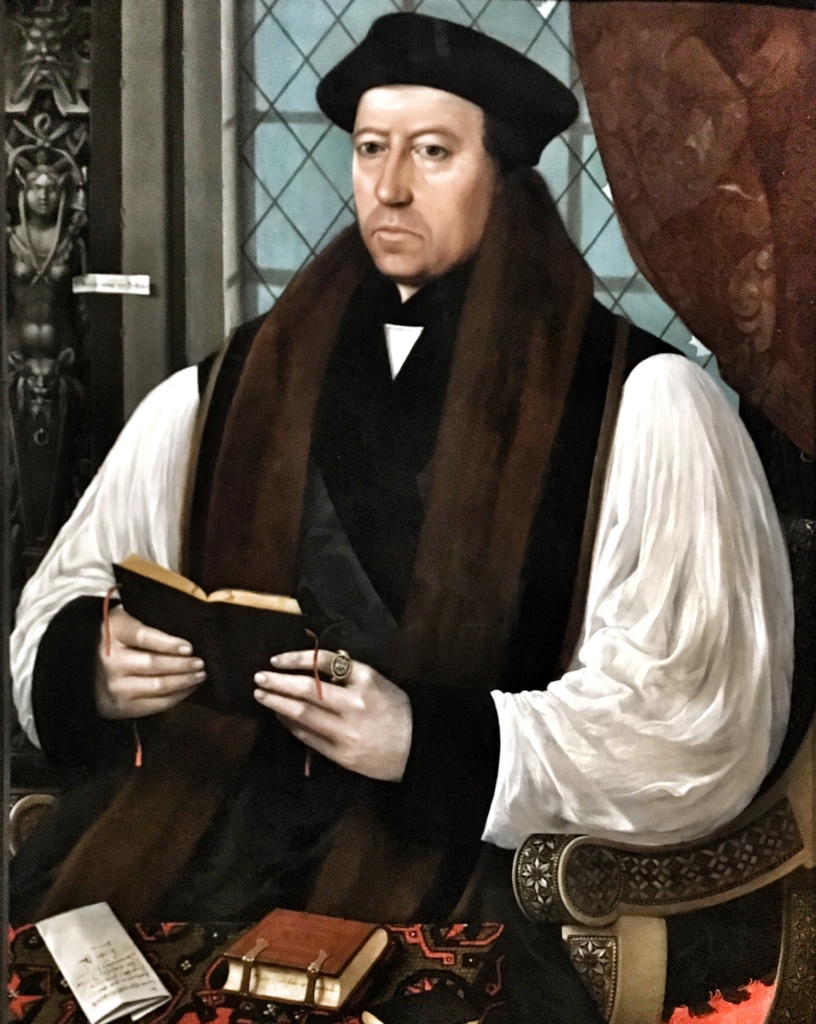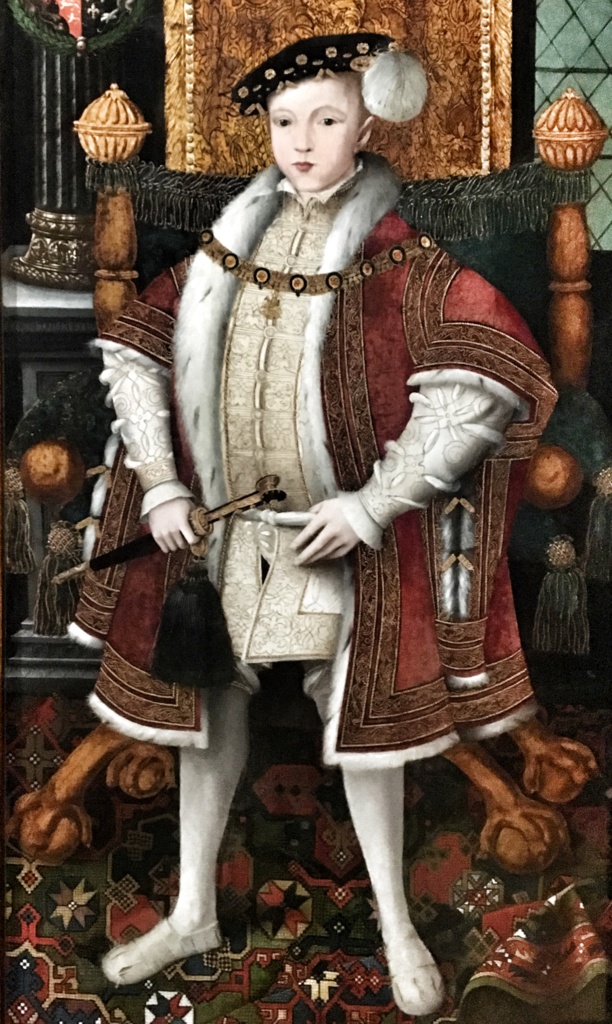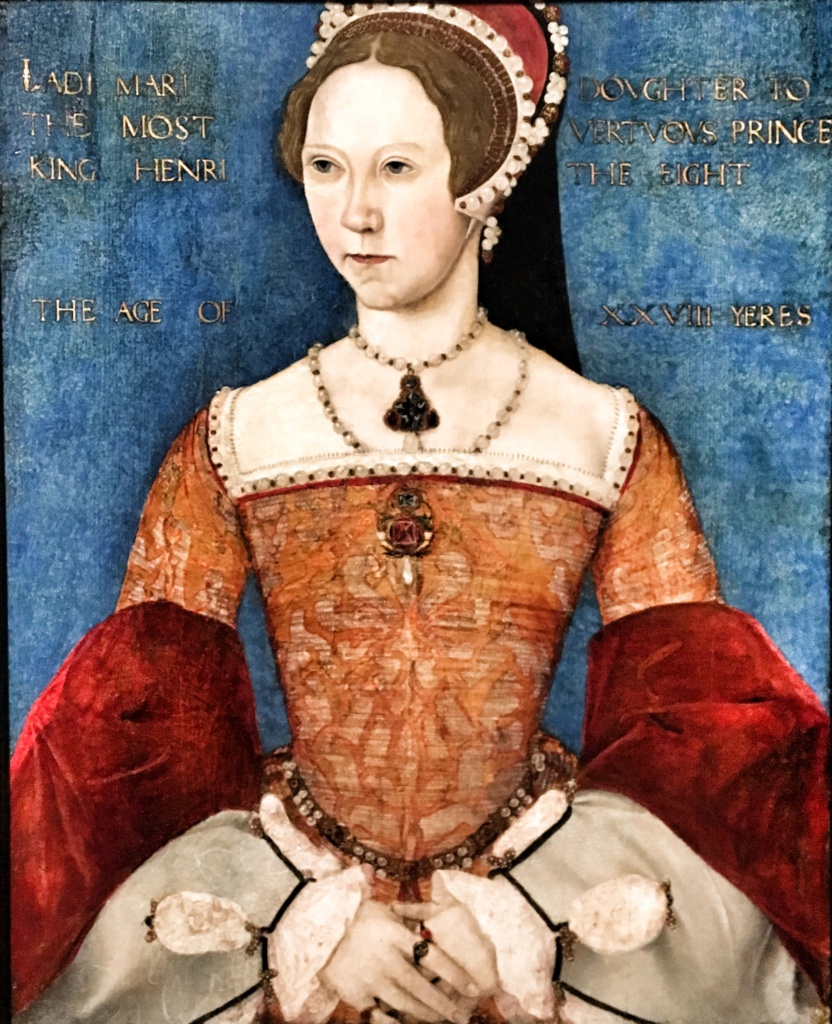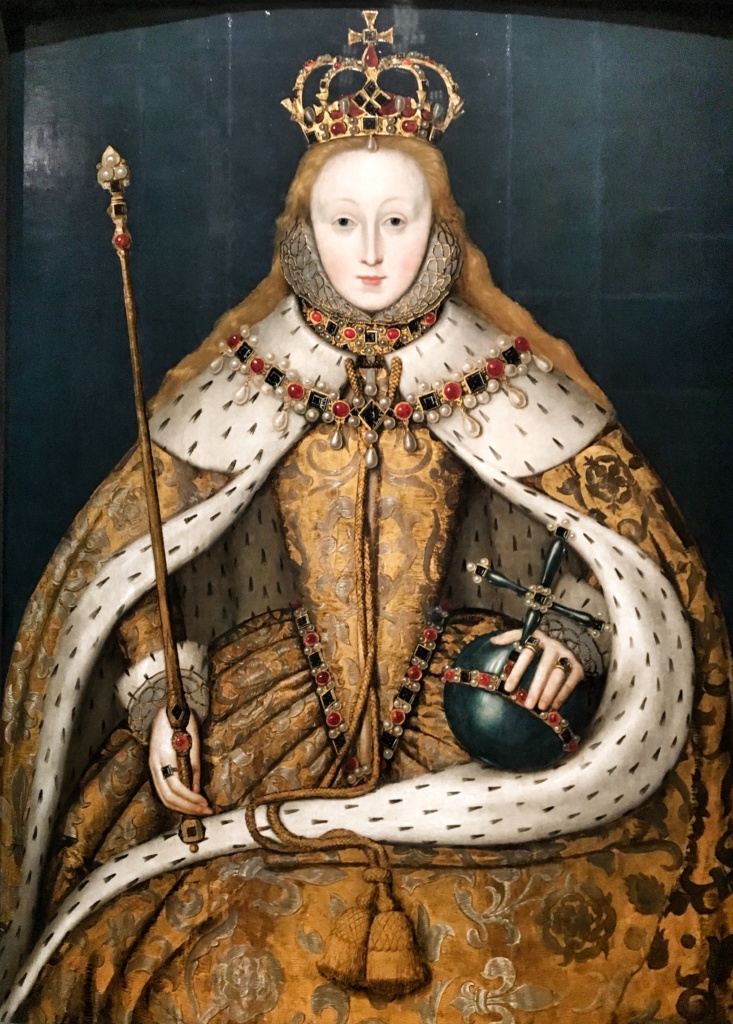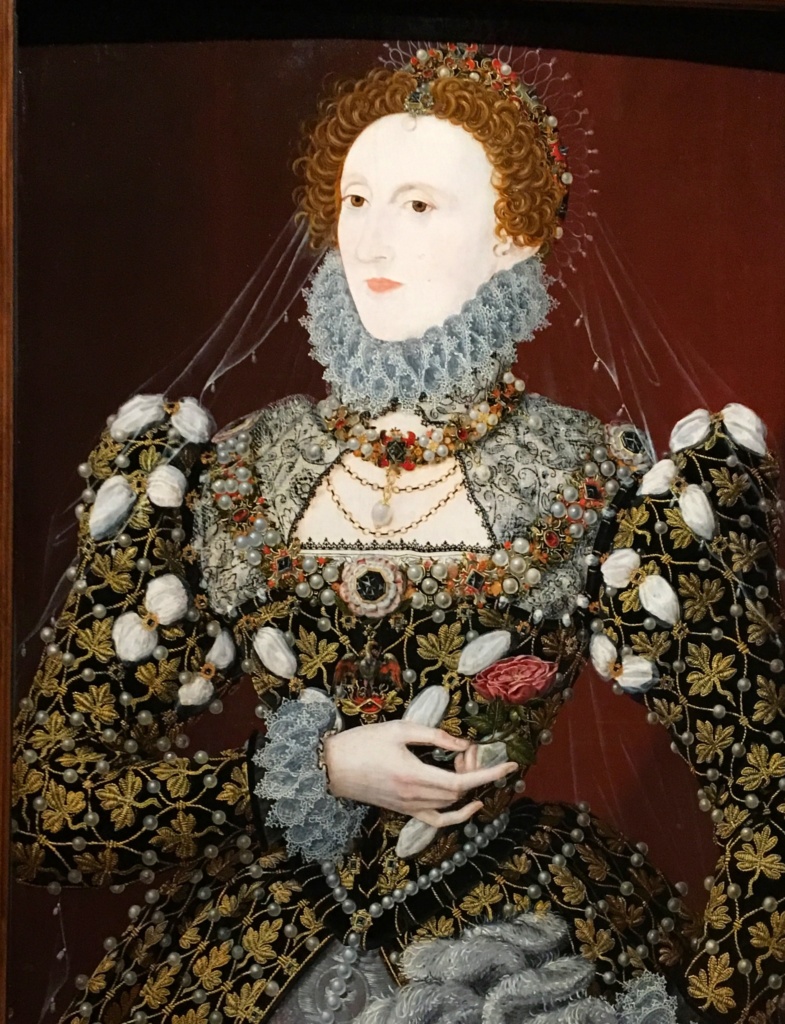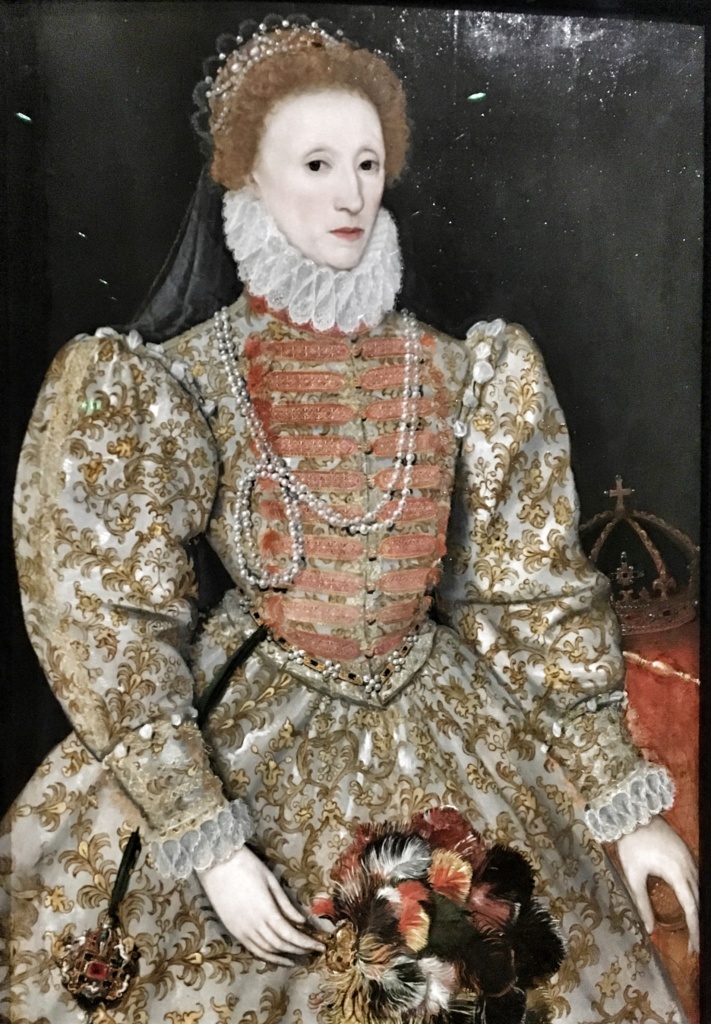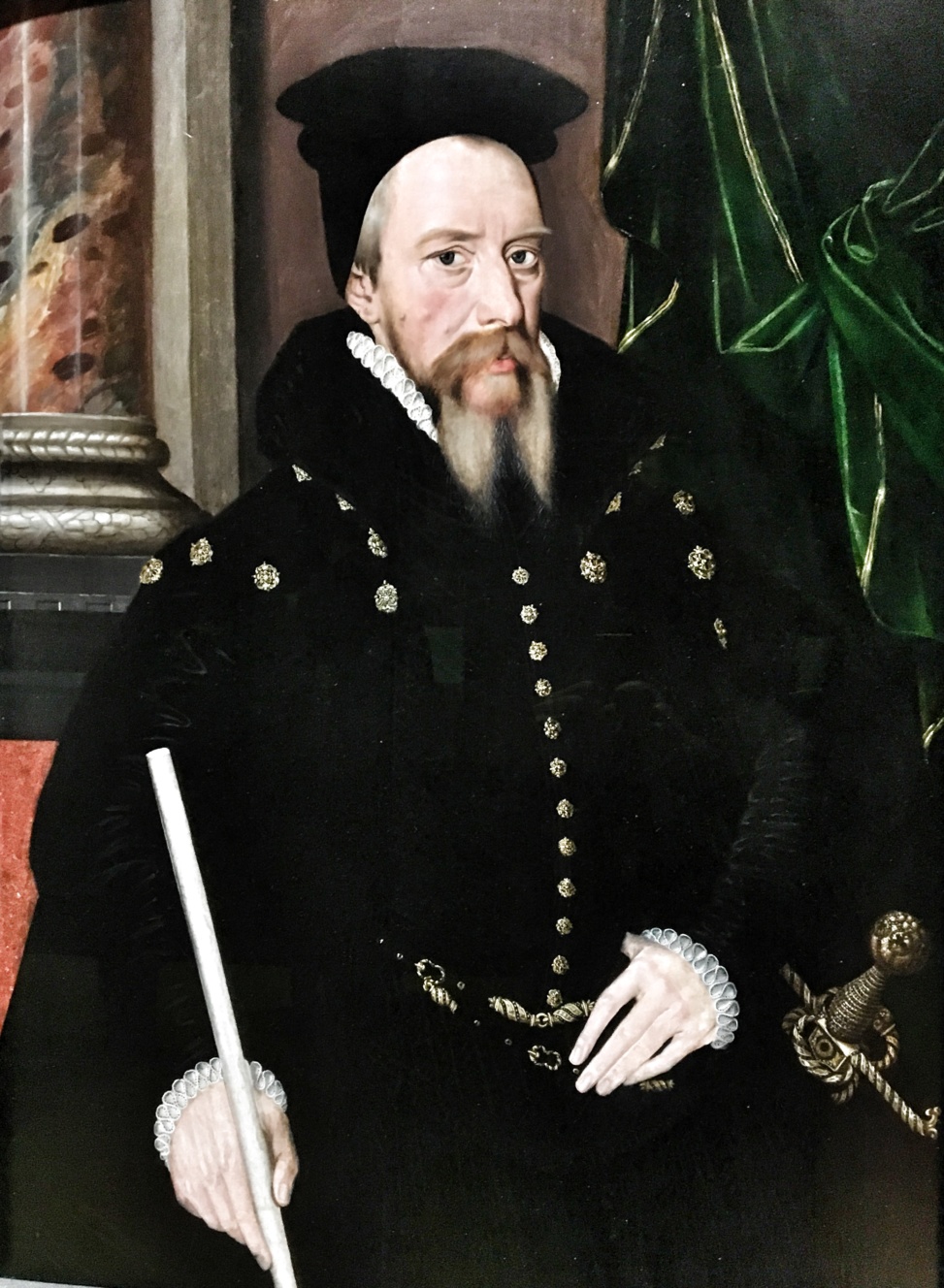I’m reading C J Sansom’s latest book Tombland, a murder-mystery set in 1549 and starring the lawyer Matthew Shardlake as medieval sleuth. It’s a time of change. The old King Henry VIII is dead. His 9 year old son by Jane Seymour, Edward VI, has succeeded him but the country is really run by a regency committee of the great and the good led by his uncle, Edward Seymour, Lord Protector, who is in the process of building the original Somerset House. All are characters in the book. So too is the King’s 30 year old sister Mary, next in line to the crown, and their 13 year old sibling Elizabeth.
William Cecil is somebody who Shardlake has dealings. Cecil is a young man when we meet him in the novel, in his late twenties, and working as a secretary to the Lord Chancellor, the appropriately named Richard Rich. Cecil is recognised by Shardlake as a man on his way to the top. When Elizabeth leapfrogs her siblings to become queen in 1558 it is Cecil who leapfrogs his own rivals and becomes her right hand man throughout the lion’s share of her reign.
I was out for a lunchtime stroll yesterday. It was raining a cold, sleety rain and I slipped into the National Portrait Gallery (NPG) down by Trafalgar Square for a mooch about in the dry.
I wasn’t looking for anything in particular until I turned into a room filled with portraits of The Tudors that were arranged on four walls facing each other, tight lipped and accusingly.
William Cecil was there. His is the face you can see at the top of this blog entry. He’s an older man here, probably in his mid-40’s but already Elizabeth’s Secretary of State. Towards the height of his powers, having fulfilled the potential spotted by Shardlake, he has earned the title the1st Baron Burghley by the time this picture was painted.
Tombland is set just as Thomas Cranmer has introduced a Book of Common Prayer. The Protestant Reformation is in full swing. Decorative church walls are being whitewashed, gaudy images removed. Cranmer’s book is in plain English rather than latin. The country is split. Some agree with the changes, others are dead set against them. Further along the corridor of portraits from Cecil there is a picture of Cranmer with his book in hand.
The backdrop to Shardlake’s case in Tombland is the power struggle between the three Tudor half-siblings: the young King Edward VI, Mary and Elizabeth. All three would rule in turn. Indeed, Elizabeth would become one of England’s very greatest monarchs. There are pictures of all of them to look at and several of Good Queen Bess, some of them even look alike.
Elizabeth is Shardlake’s patron. He investigates a case at her request. When the young William Cecil, who is working for Edward, offers Elizabeth help Shardlake ask him why. Cecil replies “The King has two sisters. Mary the enemy of true religion, Elizabeth a friend. For now, political reasons mean the Lady Mary has the Lord Protector’s favour. But perhaps, when she is older, Elizabeth may be used to redress the balance.” Cecil chose well and it made his name.
It was an enjoyable visit to the NPG. I whizzed round in twenty minutes which you can afford to do when the entry is free. I particularly enjoyed looking at the Tudors in the context of Sansom’s terrific book. Both book and gallery are highly recommended.
